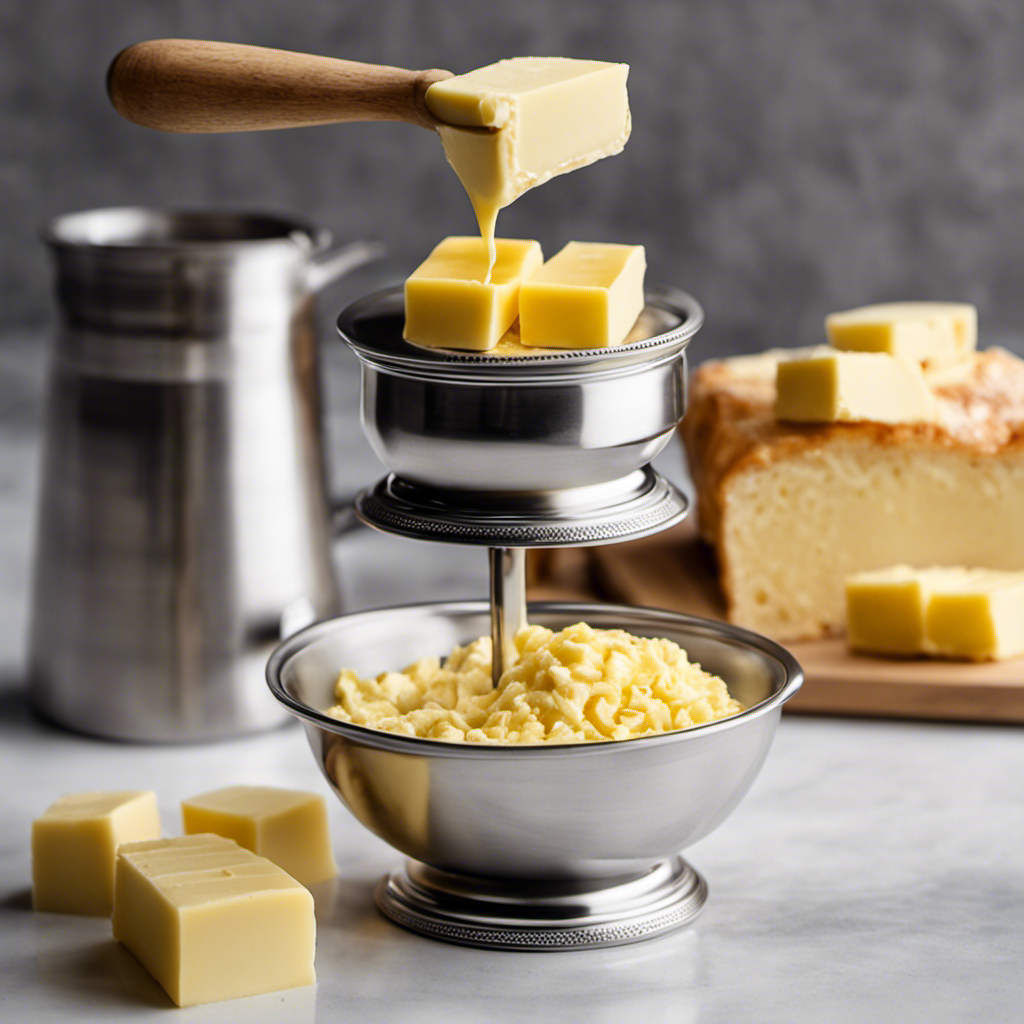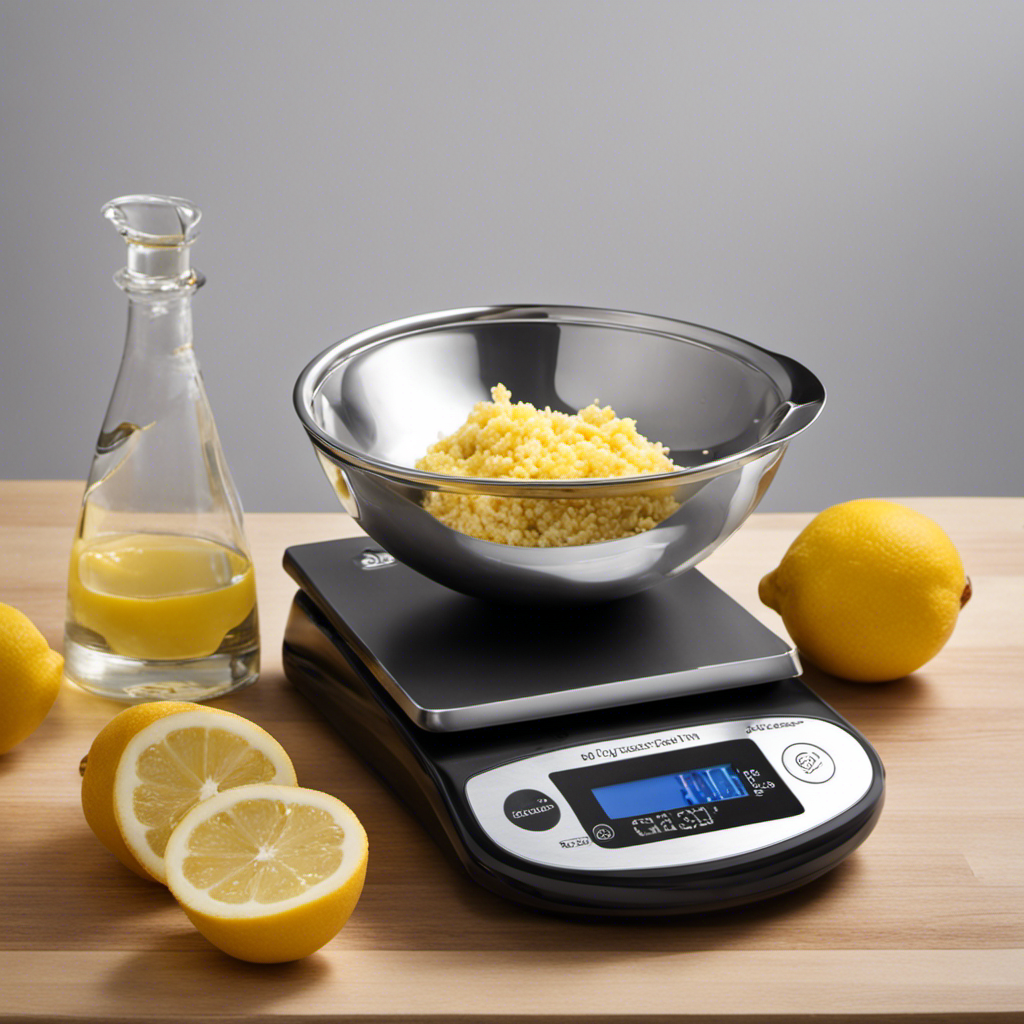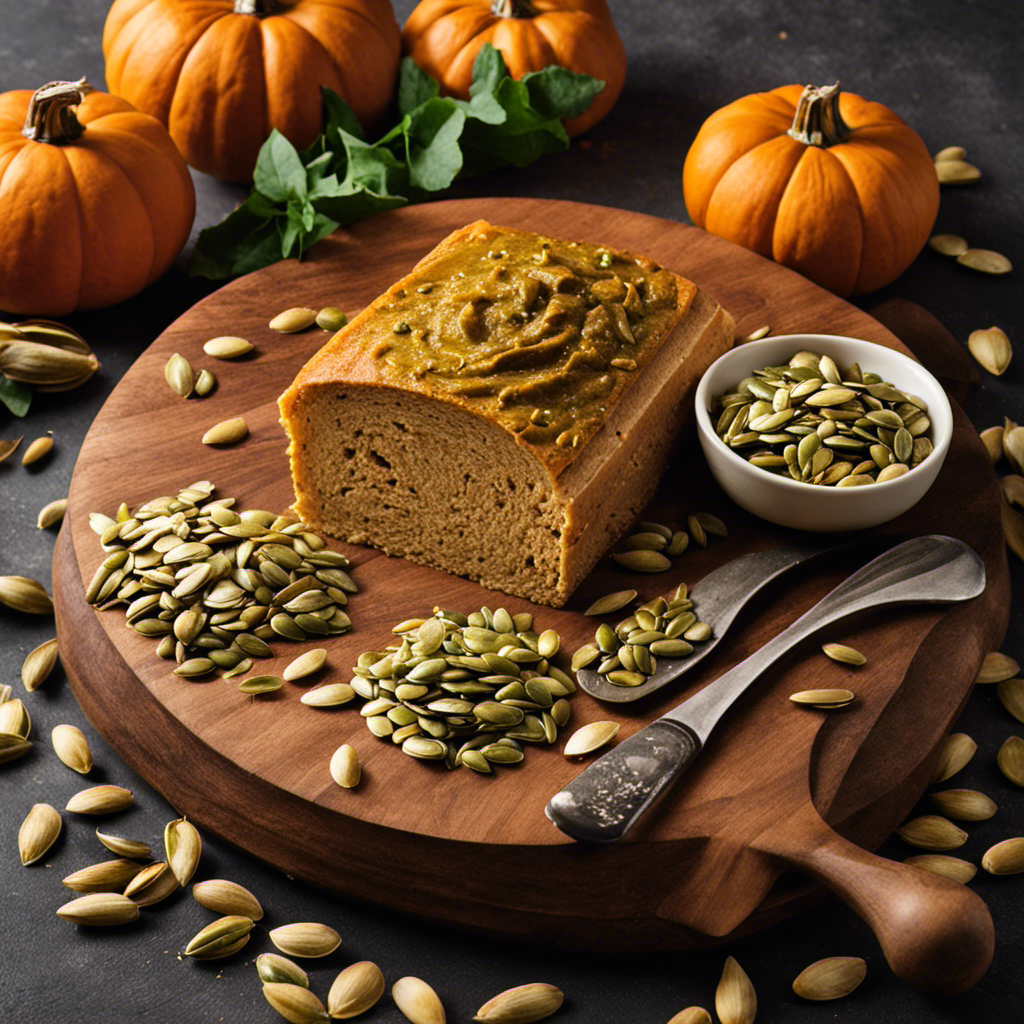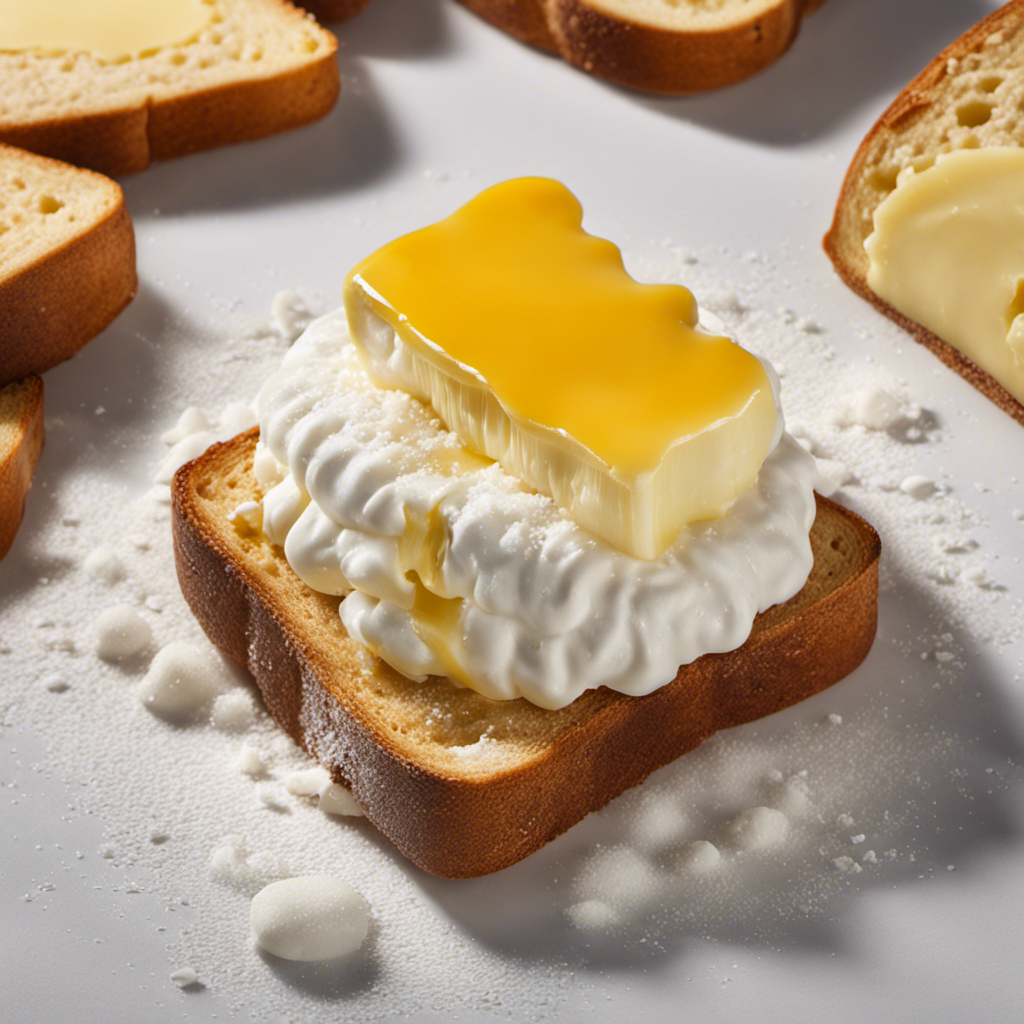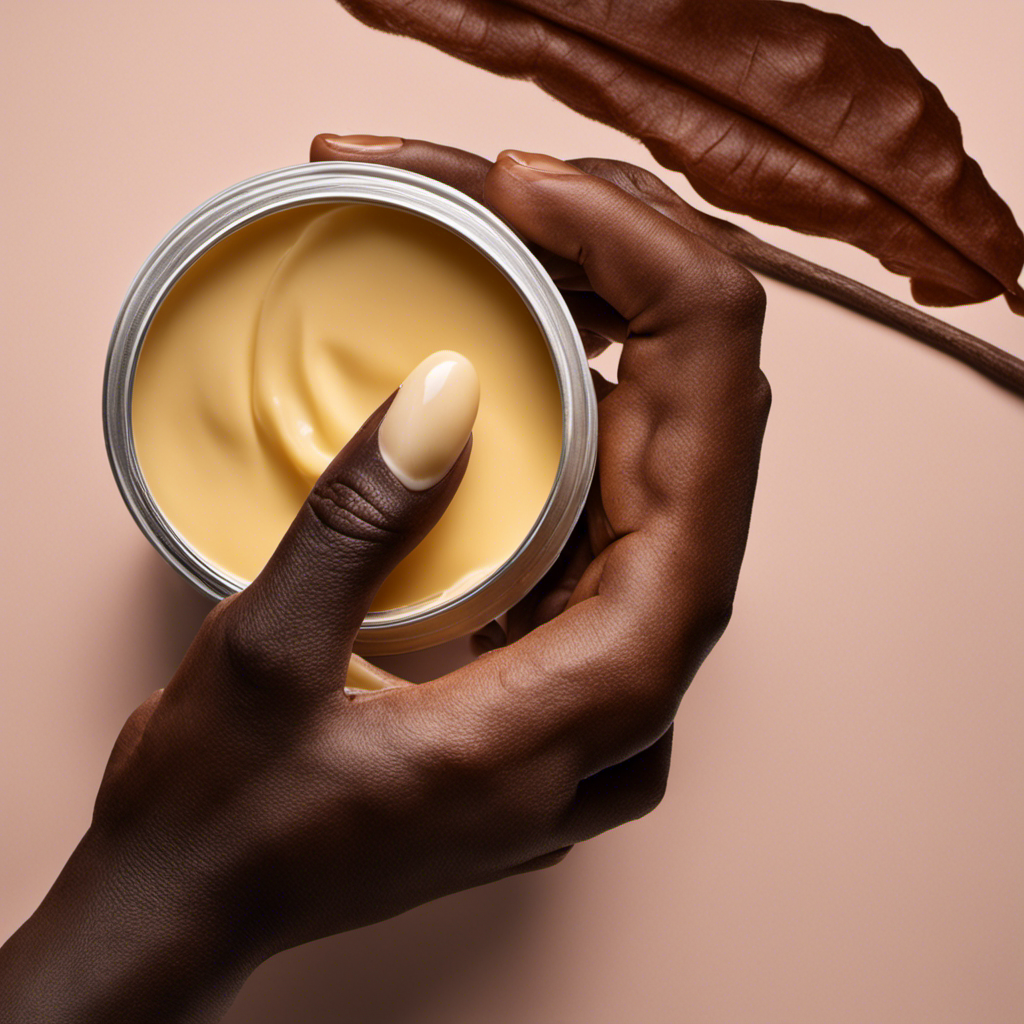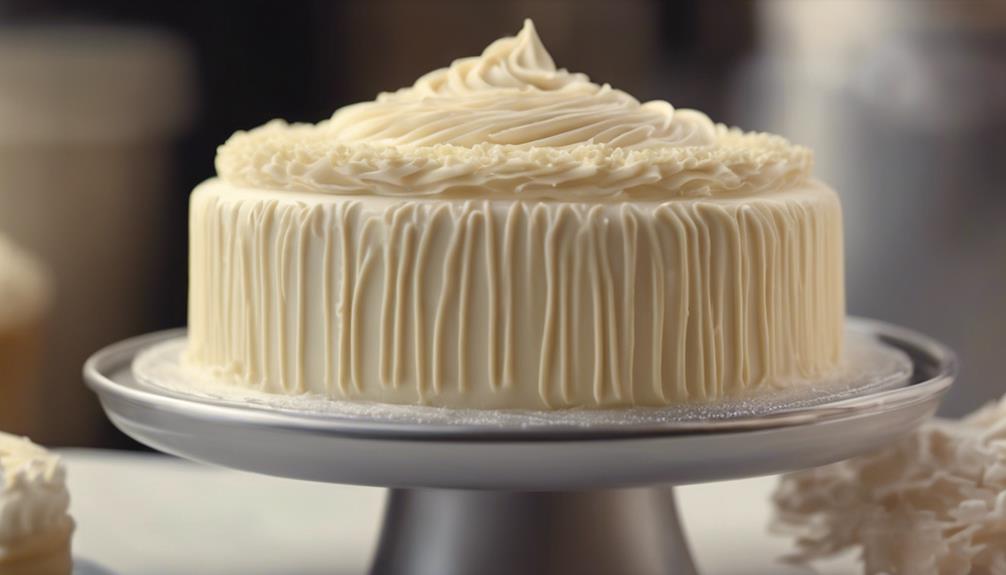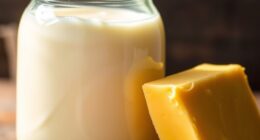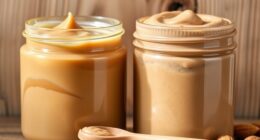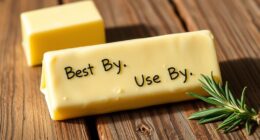I’ve always been curious about the weight of 1 cup of butter in grams. It’s a small mystery that can really impact a recipe. After some research, I finally found the answer.
In this article, I’ll break down the conversion factor from cups to grams, explain butter density, and provide step-by-step instructions on how to calculate the weight of 1 cup of butter.
Whether you’re baking or cooking, this knowledge will ensure your measurements are spot on.
Key Takeaways
- Accurate measurement is crucial for achieving consistent and delicious results in baking.
- Weighing butter using a scale is the most accurate method.
- The displacement method ensures accurate and consistent results when measuring butter.
- One stick of butter is typically equal to 113 grams or 1/2 cup.
The Conversion Factor: Cups to Grams
To convert cups to grams, you’ll need to know the conversion factor. When it comes to butter, the conversion factor can vary depending on its density.
To make things easier, you can refer to a butter conversion chart or butter measurement equivalents. These charts provide you with the precise measurements for converting cups of butter into grams. For example, according to the chart, 1 cup of butter is equivalent to 227 grams.
It’s important to note that different types of butter may have slightly different densities, so the conversion factor might not be exactly the same for all types. Understanding butter density is crucial in accurately converting cups to grams and ensuring your recipes turn out as intended.
Understanding Butter Density
When it comes to baking, understanding butter weight conversion is crucial. Knowing how much butter to use in grams or ounces can make or break a recipe.
Additionally, the debate between metric and imperial measurements is an ongoing one, with each system having its own advantages and disadvantages.
Lastly, accuracy in baking is key, as even the slightest difference in measurements can greatly affect the outcome of your baked goods.
Butter Weight Conversion
You can easily convert 1 cup of butter to grams by multiplying it by the conversion factor.
However, it’s important to note that the weight of butter can vary depending on its density. Butter density variations occur due to factors like temperature, moisture content, and the amount of air incorporated during the manufacturing process.
This means that the weight of 1 cup of butter in grams may not be the same for all types of butter.
To accurately convert butter from grams to cups, it is recommended to use a kitchen scale for precise measurements.
Additionally, it’s worth noting that different countries may have different measurements for cups, so it’s always best to consult a reliable conversion chart for accurate results.
Metric Vs. Imperial Measurements
Understanding the difference between metric and imperial measurements can be helpful when following recipes from different countries. The metric system, which is used by most countries around the world, offers several advantages.
One major advantage is its simplicity and ease of use. Unlike the imperial system, which relies on multiple units for the same measurement, the metric system uses a decimal-based system, making conversions much simpler. Additionally, the metric system is based on scientific standards, making it more accurate and consistent.
The metric system has a fascinating history, originating in France during the French Revolution. It has since been adopted by many countries due to its practicality and efficiency.
Now, let’s dive into the importance of accuracy in baking and how it relates to measurements.
Accuracy in Baking
Accuracy is crucial in baking, as even a small deviation in measurements can significantly affect the final outcome of a recipe. To ensure precision in my baking, I pay close attention to both the baking temperature and ingredient substitutions.
When it comes to baking temperature, it is essential to follow the recipe instructions precisely. Different recipes require different temperatures, and baking at the wrong temperature can result in undercooked or overcooked goods. I always preheat my oven to the specified temperature and use an oven thermometer to ensure accuracy.
In terms of ingredient substitutions, it is important to be mindful of the impact they can have on the final product. While some substitutions may work well, others can alter the texture, taste, or consistency of the baked goods. I refer to a handy table that provides guidance on ingredient substitutions in baking:
| Ingredient | Substitute |
|---|---|
| Butter | Margarine or vegetable oil |
| Sugar | Honey or maple syrup |
| Flour | Whole wheat flour or almond flour |
| Eggs | Applesauce or mashed bananas |
| Baking powder | Baking soda or cream of tartar |
Converting Butter Measurements
To convert butter measurements, it’s important to have some key knowledge. First, 1 cup of butter is approximately 227 grams. This is useful if you’re using a kitchen scale for precise measurements. However, not all recipes provide measurements in grams. So, it’s helpful to know some common butter measurement equivalents. For example, 1 stick of butter equals 8 tablespoons or 1/2 cup. This can come in handy when a recipe calls for a certain number of sticks of butter instead of cups. Additionally, if you need to convert a recipe that uses grams to cups, you can use the conversion rate mentioned earlier. By understanding these butter measurement equivalents, you can confidently convert butter in recipes to suit your needs.
Calculating 1 Cup of Butter in Grams
Knowing the conversion rate, it’s helpful to have this knowledge when following recipes that require 1 cup of butter. However, it’s important to note that the accuracy of the conversion may vary due to differences in butter density. To give you a better understanding, here is a table showing the approximate weight of 1 cup of butter in grams for different types of butter:
| Butter Type | Weight in Grams |
|---|---|
| Unsalted Butter | 227g |
| Salted Butter | 227g |
| Whipped Butter | 113g |
| European Butter | 240g |
It’s worth mentioning that these values are approximate and may vary slightly depending on the specific brand or batch of butter. To ensure the accuracy of your measurements, it’s always best to use a kitchen scale for precise results.
Conversions for Different Butter Types
When converting different types of butter, you’ll find that the weight in grams can vary depending on the type you choose. It’s important to know the butter measurement equivalents when converting butter in recipes.
For example, 1 cup of salted butter is equivalent to 227 grams, while 1 cup of unsalted butter is equivalent to 225 grams. If you prefer to use European-style butter, which has a higher fat content, 1 cup is approximately 227 grams.
Clarified butter, also known as ghee, is commonly used in Indian cuisine and has a slightly different conversion. 1 cup of clarified butter weighs around 238 grams.
Tips for Measuring Butter Accurately
When it comes to baking, accuracy in measuring ingredients is essential. In this discussion, I will cover three key points that will help you measure butter accurately.
Firstly, understanding the conversion ratios will ensure you use the right amount of butter in your recipes. It’s important to know how to convert measurements from sticks to cups or grams, depending on the recipe you’re using.
Secondly, being aware of common measurement mistakes will help you avoid costly errors. One common mistake is not properly softening the butter before measuring it, which can lead to inaccurate measurements. Another mistake is using a liquid measuring cup instead of a dry measuring cup, which can result in too much or too little butter.
Lastly, I will share the best measuring techniques to ensure you achieve consistent and delicious results in your baking endeavors. Using a scale to weigh the butter is the most accurate method, as it eliminates any guesswork. If you don’t have a scale, using a ruler to measure the markings on the butter wrapper can also help you get the right amount.
Butter Conversion Ratios
To convert 1 cup of butter to grams, try using a butter conversion ratio. The density of butter is approximately 0.911 grams per milliliter.
Since there are 240 milliliters in 1 cup, we can calculate the weight of 1 cup of butter in grams by multiplying the volume in milliliters by the density. Therefore, 1 cup of butter is approximately 218.64 grams.
It’s important to note that the accuracy of this conversion may vary slightly depending on the brand and type of butter used. When measuring butter, it is best to use the displacement method.
Fill a measuring cup with water to a specific level, then add the butter until the water level rises to the desired measurement. This technique ensures accurate and consistent results.
Common Measurement Mistakes
One of the most common measurement mistakes is not using a scale when baking. It’s easy to eyeball ingredients, but it’s not always accurate.
Here are some common kitchen mistakes to avoid when measuring ingredients:
- Using measuring cups for dry ingredients instead of measuring by weight.
- Scooping flour directly from the bag, which can lead to compacted flour and inaccurate measurements.
- Estimating liquid measurements instead of using a measuring cup.
- Not leveling off ingredients such as flour or sugar, which can result in too much or too little.
- Using incorrect conversion ratios when following a recipe from a different country.
To ensure precise and consistent results, investing in a kitchen scale and using it to measure ingredients is essential. It may require a little extra effort, but it will make a significant difference in the outcome of your baked goods.
Best Measuring Techniques
Using a kitchen scale to measure ingredients is the most accurate and reliable technique for baking. When it comes to baking, precision is key, and using a kitchen scale ensures that you have the exact amount of each ingredient. Measuring cups and spoons can be convenient, but they can also lead to inconsistencies in your recipes.
A kitchen scale allows you to measure ingredients by weight, which is more accurate than measuring by volume. This is especially important when it comes to ingredients like butter, where the density can vary. Speaking of butter, if you don’t have a kitchen scale, there are alternative ways to measure it.
One stick of butter is typically equal to 113 grams or 1/2 cup, so you can use this conversion as a guideline. However, keep in mind that different brands of butter may have slightly different measurements, so using a scale is still the best option for precise baking.
Frequently Asked Questions
Is It Necessary to Weigh Butter in Grams or Can I Use Cups?
Measuring butter, weight vs. volume. Which is more accurate? It is necessary to weigh butter in grams for precise measurements. Cups can vary in size and affect the amount of butter used in a recipe.
Can I Use the Same Conversion Factor for All Types of Butter?
I can use the same conversion factor for all types of butter. However, it’s important to note that measuring butter by weight and volume can have slight differences.
How Can I Accurately Measure Butter Without a Scale?
To accurately measure butter without a scale, you can use the displacement method. Fill a measuring cup with water, then add butter until the water level rises to the desired amount. Converting butter measurements from cups to grams without a scale can be done using conversion charts available online.
Are There Any Tips for Softening Butter Before Measuring It?
To cream butter and sugar together, make sure the butter is softened. A quick way to soften butter is to cut it into small cubes and let it sit at room temperature for about 30 minutes.
Can I Use the Same Conversion Factor for Other Ingredients Besides Butter?
Yes, the same conversion factor can be used for other ingredients when weighing them. It is important to convert measurements accurately to ensure the recipe turns out as intended.
Conclusion
In conclusion, understanding the conversion factor for butter measurements is crucial when trying to determine the weight of 1 cup of butter in grams.
By considering the density of butter and utilizing the correct conversion rates, you can accurately calculate the desired measurement.
Remember to be mindful of different butter types, as they may have varying densities.
When measuring butter, it is important to be precise to ensure the best outcome for your culinary endeavors.
So, go ahead and measure your butter accurately to create delicious and satisfying dishes that will leave your taste buds wanting more.
